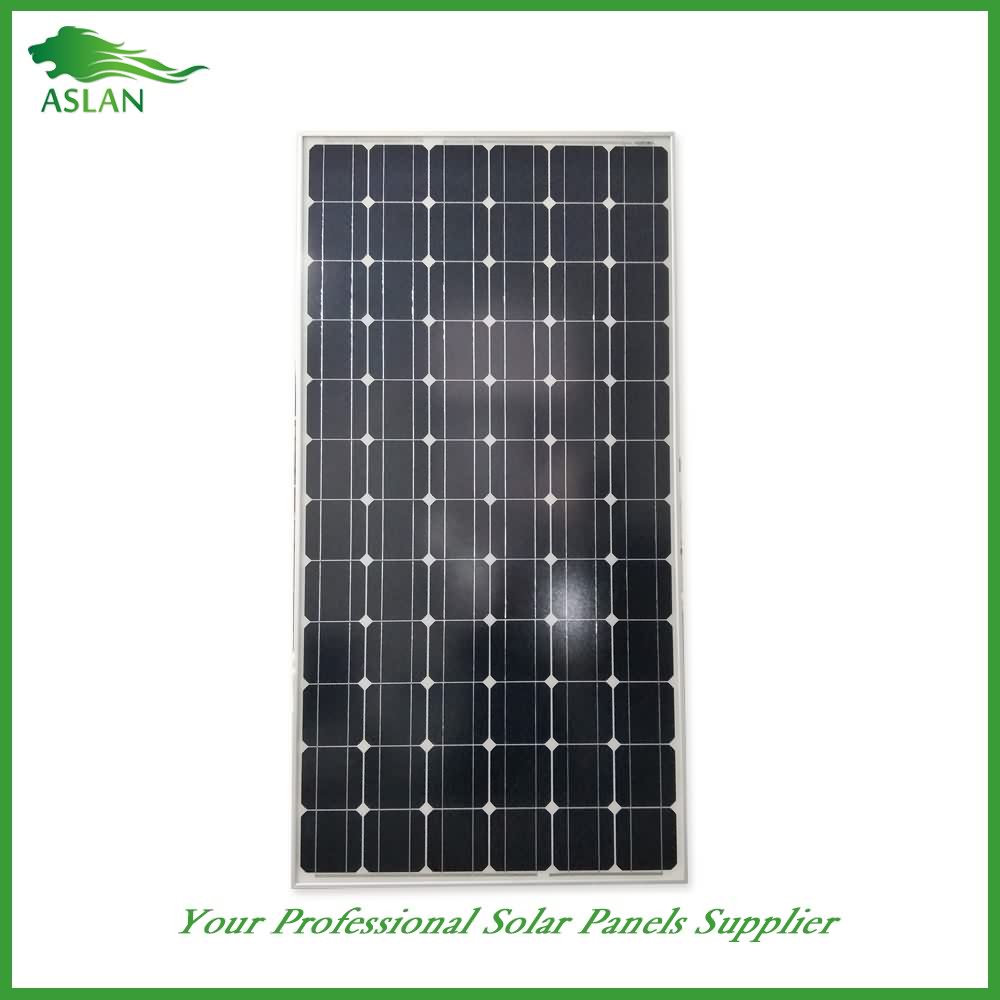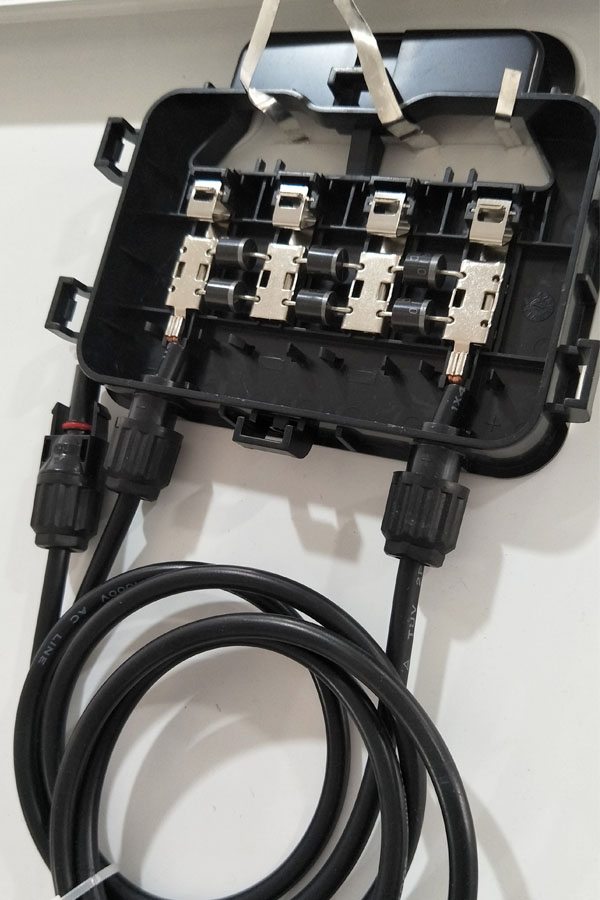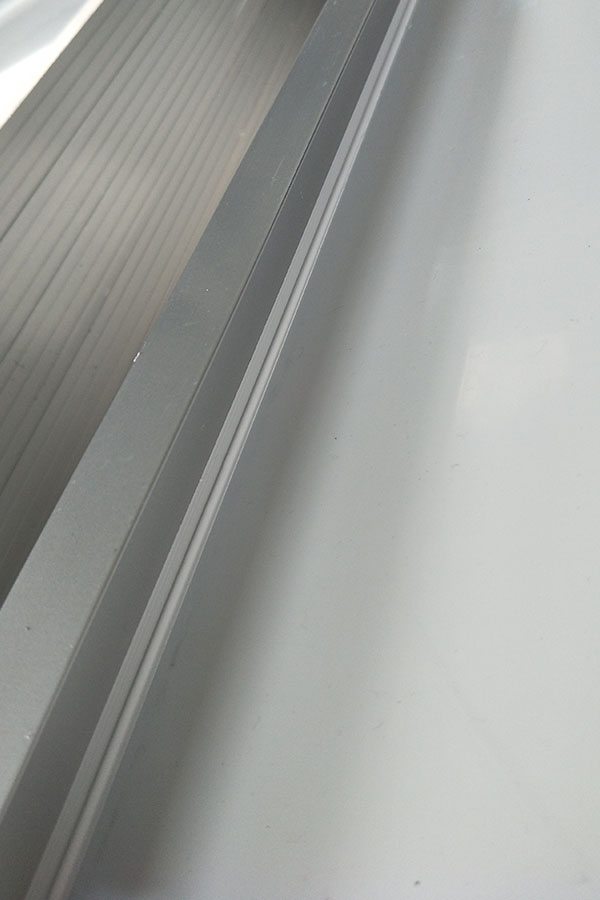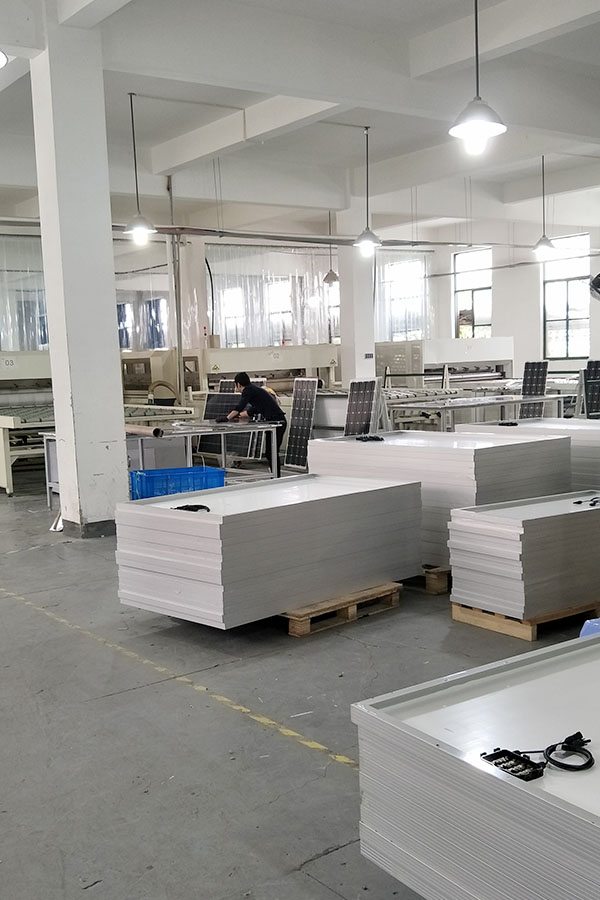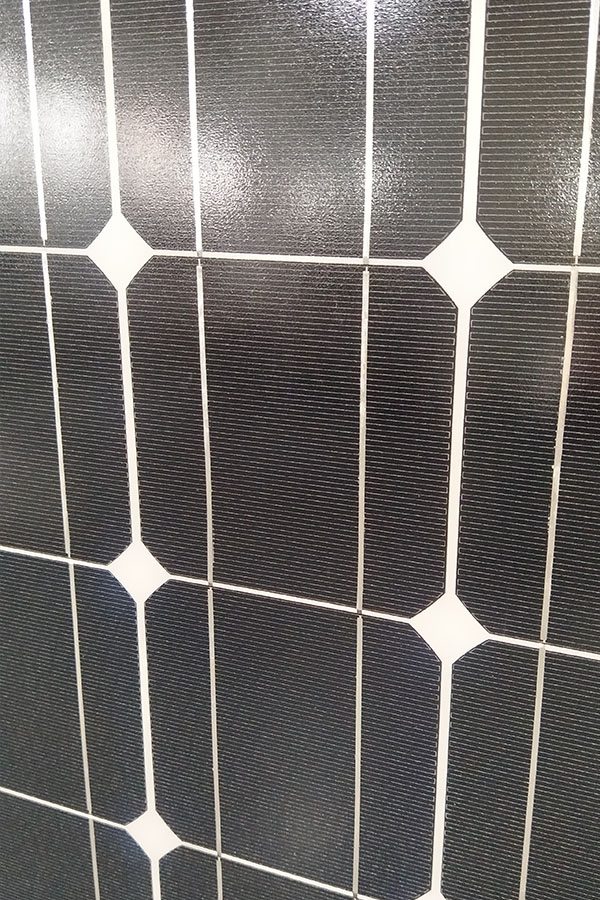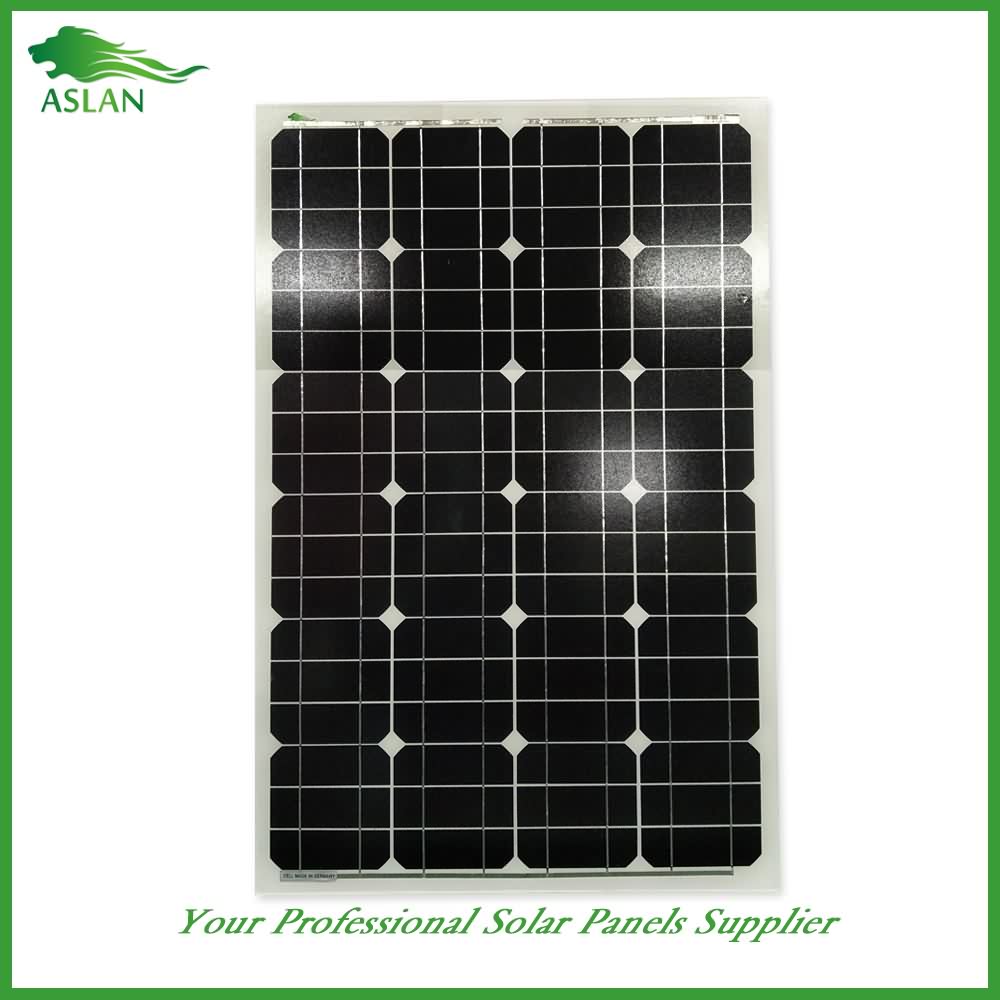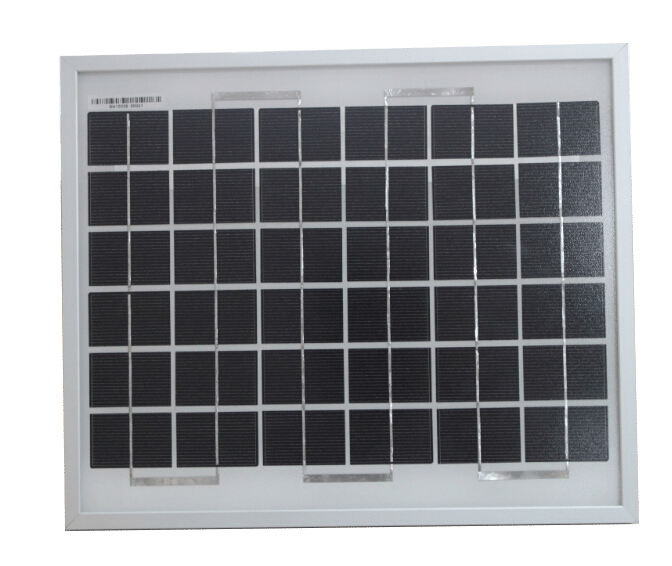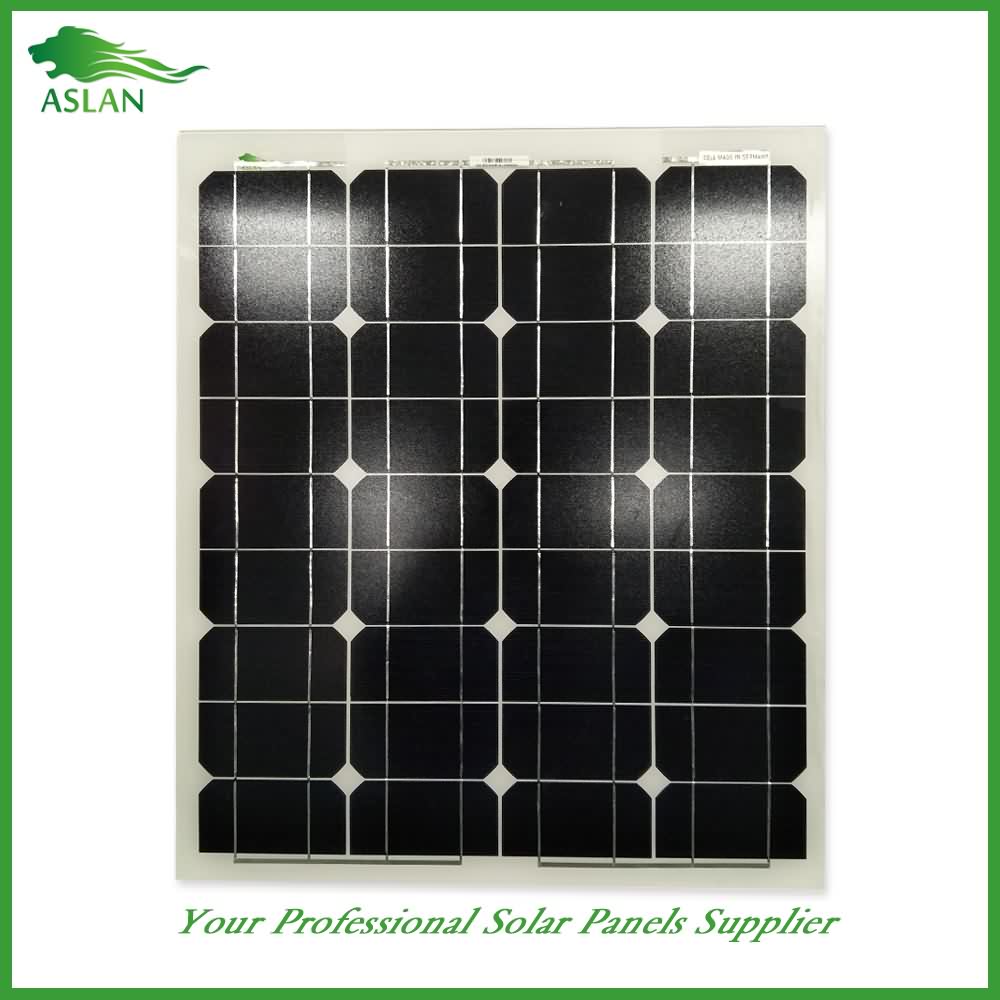14 Years Factory Mono-Crystalline 300W Solar Panel for Berlin Manufacturer
Short Description:
"Based on domestic market and expand overseas business" is our development strategy for 14 Years Factory Mono-Crystalline 300W Solar Panel for Berlin Manufacturer, We are glad that we are steadily growing with the active and long term support of our satisfied customers !
Mono-Crystalline 300W Solar Panel
Technical parameter
Maximum Power(W) 300W
Optimum Power Voltage(Vmp) 37.45V
Optimum Operating Current(Imp) 8.15A
Open Circuit Voltage(Voc) 45.60V
Short Circuit Current(Isc) 8.91A
Mechanical Characteristics
Cell Type Monocrystalline 156x156mm (6 inch)
No of Cell 72 (6x12pcs)
Dimensions 1950x990x50mm
Weight 22.1Kg
Front Glass 3.2mm,High Transmission, Low Iron,Tempered Glass
Junction box IP65 Rated
Output Cable TUV 1×4.0mm2/UL12AWG,Length:900mm
Temperature and Coefficients
Operating Temperature(°C): -40°C ~ + 85°C
Maximum System Voltage: 600V(UL)/1000V(IEC) DC
Maximum Rated Current Series: 15A
Temperature Coefficients of Pmax: -0.47%
Temperature Coefficients of Voc: -0.389%
Temperature Coefficients of Isc: 0.057%
Nominal Operationg Cell Temperature (NOCT): 47+/-2°C
Materials of solar panel
1).Solar Cell——Mono-crystalline solar cell 156*156mm
2).Front Glass——-3.2mm, high transmission, low iron, tempered glass
3).EVA——-excellent anti-aging EVA
4).TPT——-TPT hot seal made of flame resistance
5).Frame——anodized aluminum profile
6).Junction Box——-IP65 rated, high quality, with diode protection
Superiority: high quality anodized aluminum frame, high efficiency long life, easy installation, strong wind resistance, strong hail resistance.
Features
1. High cell efficiency with quality silicon materials for long term output stability
2. Strictly quality control ensure the stability and reliability, totally 23 QC procedures
3. High transmittance low iron tempered glass with enhanced stiffness and impact resistance
4. Both Polycrystalline and Mono-crystalline
5. Excellent performance in harsh weather
6. Outstanding electrical performance under high temperature and low irradiance
Quality assurance testing
Thermal cycling test
Thermal shock test
Thermal/Freezing and high humidity cycling test
Electrical isolation test
Hail impact test
Mechanical, wind and twist loading test
Salt mist test
Light and water-exposure test
Moist carbon dioxide/sulphur dioxide
Highly Flexible IP65 rated Chasing LED tape light kit with B/G/R 20 Blue, 20 Green, 20 Red, per metre. The tape is extremely thin with an epoxy resin coating to protect the LEDs. With a depth of just 2.5mm and 8mm wide it will fit into many unusual places. Supplied on 5m reel with a self-adhesive back, this tape is easily applied to most smooth surfaces by simply removing the backing paper. The tape can be cut or joined, with cutting points at 9 LED (3B-3G-3R)(150mm) intervals. The tape is highly flexible and has a low power consumption making it ideal for many uses such as homes, vehicles, shops, bars and nightclubs.
This tape light kit stands out from the run of the mill tape light. Using the supplied 24 key remote control you can change colours to one of 16 static colours, dim the static colours, turn the lights on or off and also can select one of the 4 pre-set programs.
Selecting Flash: Activates the Chasing mode, the speed can be controlled using the dual-purpose dimmer controls.
Selecting Strobe: Activates the Jump mode, the speed can be controlled using the dual-purpose dimmer controls.
Selecting Fade: Activates the Flip Flack mode, the speed can be controlled using the dual-purpose dimmer controls.
Selecting Smooth: Activates the Chase Run mode, the speed can be controlled using the dual-purpose dimmer controls.
Lecture Date: Tuesday, January 24, 2012. One of the greatest challenges humanity faces is finding a way to provide the world’s population with clean energy. Since sunlight is our most abundant source of energy, solar cells, which absorb sunlight and create electricity, will become increasingly important over the next several decades. There have been great advances recently using silicon and thin films of semiconductors to make solar cells and solar electricity is just starting to become economically competitive. It is still important, however, to drop the costs further so that it will be possible to utilize even more solar energy. After providing an overview of the solar cell technologies that are currently commercially available, Professor McGehee will describe a relatively new approach that could make it possible to print solar cells in roll-to-roll coating machines similar to those used to make newspapers. Professor McGehee will show how solar cells can be made with organic semiconductors and explain how these cells work. Lecturer: Michael McGehee, Stanford University.
